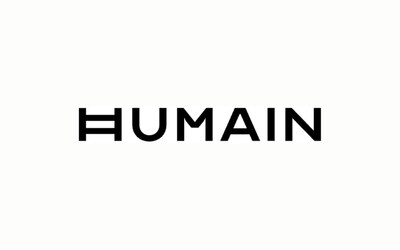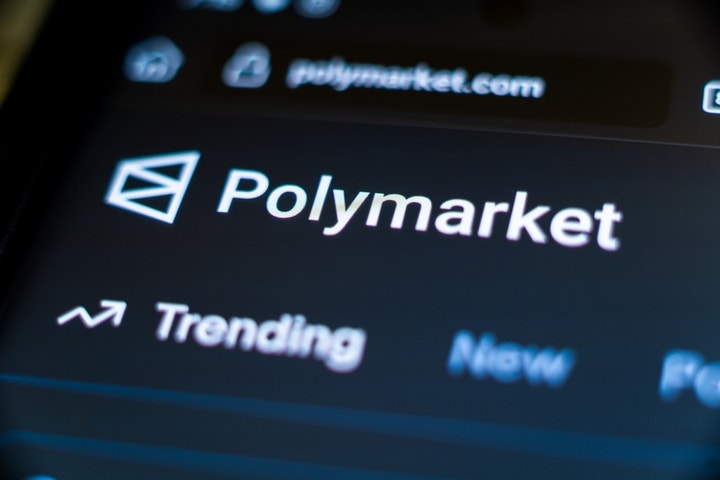
Memory Prices Soar as the Market Alerts


Memory Component Prices Are Rising Sharply
The explosion of artificial intelligence data centers has led to concerns about excessive construction, environmental worries regarding water usage, and rising energy prices. Now, you can also add the rapid increase in the costs of essential computer components.
The prices of critical parts, specifically dynamic random-access memory (DRAM), commonly referred to as memory, are steadily rising. As data center builders strive to acquire these components, the overall market is being affected.
The problem lies in the fact that both consumer computers and data centers use DRAM. Consumer PCs and other systems use a type of DRAM known as double data rate (DDR), while data centers prefer a higher bandwidth memory type, often called high bandwidth memory (HBM).
However, because both systems use DRAM, suppliers are focusing more on HBM production due to higher margins. This situation restricts the broader market's access to sufficient memory components.
While PC buyers are feeling the negative effects, many products, from smartphones to cars and medical equipment, could also be impacted by this chip shortage. Ryan Reith, vice president of global device tracking at IDC, stated, “This won't be good for consumers, as it increases prices, and very soon.”
While everyone is focused on the graphics processing units (GPUs) that support artificial intelligence data centers, these components are just part of the server clusters running applications like OpenAI's ChatGPT and Google's Gemini. Servers require a large amount of memory, as well as central processing units (CPUs) and storage units.
However, there are only a few major memory manufacturers worldwide. Among them are well-known companies such as Samsung, SK Hynix, and Micron. The immense demand for data center equipment is raising prices across the entire industry.
According to a report from Reuters, Samsung has raised prices on some memory by up to 60%. PCPartPicker, which tracks prices of different memory modules, shows that some prices have risen from $100 to more than $250.
Reith noted, “This situation has drawn more attention in the past month, and not in a positive way,” highlighting that the price increase will be reflected in consumer costs. This will likely be more pronounced in lower-cost laptops.
Reith emphasizes that companies producing entry-level and mid-range systems have less maneuvering room when it comes to pricing, meaning they have less flexibility before completely eroding their margins. Bob O'Donnell, founder and chief analyst at TECHnalysis Research, remarked, “All of this essentially pertains to PCs. Any embedded device, game consoles, specialized medical equipment, they are all embedded computers, and all of them have memory and, in some way, storage.”
However, while memory companies may earn higher revenues from HBM, they might not be overly concerned about the component shortages for PCs and other systems since HBM margins are higher than those of other memory types.
Device makers may attempt various approaches to balance the increase in memory prices, such as using cheaper, less powerful components or pressuring suppliers to lower costs, as explained by Bernstein analyst Stacy Rasgon.
Yet, the technology industry has faced similar memory supply issues in the past. After all, it is a well-known cyclical market. O'Donnell stated, “When there is high demand, capacity is built, but this is never a smooth process. At this point, you are building these new factories because all the demand has been depleted, and then when excess capacity exists, prices drop significantly,” he added.
However, as numerous companies worldwide continue to build data centers, it is quite difficult to determine when the memory market will return to normal.
```.png)
Yakında Tüm Platformlarda
Sizlere kesintisiz haber ve analizi en hızlı şekilde ulaştırmak için. Yakında tüm platformlarda...







.png)